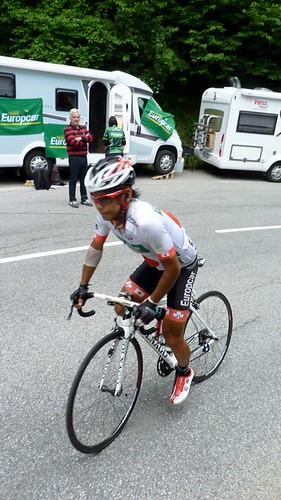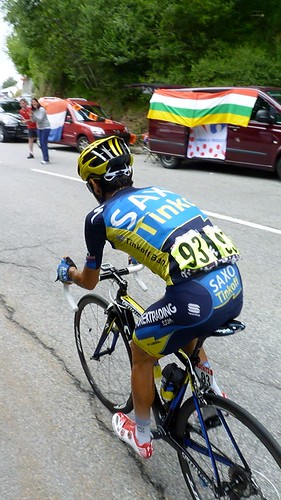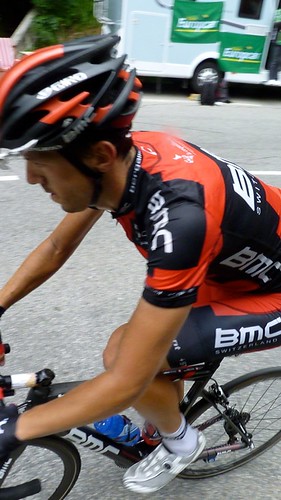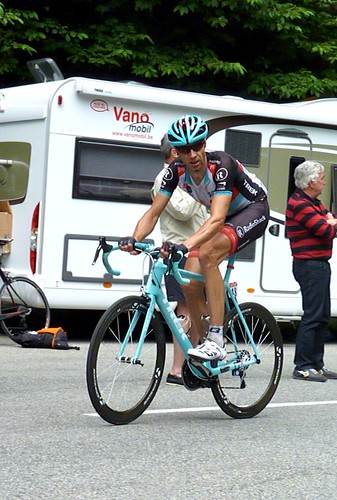Here's a snippet about Bernard Hinault who was a big gear masher even up the cols:
.....he maintained that he always had a smooth cadence, but that he would “choose his gears according to the pedalling cadence that suits me – above this cadence I get out of breath too quickly; below it, my muscles are too contracted”. For him, that optimal cadence was between 70 and 90 rpm, a fairly generous range.
Big gearing for racing started to come into vogue in the 1950s. Fausto Coppi in 1946 reportedly used a 51×15, but Louison Bobet soon took it to a 52×14. Hinault was in awe in his early years over Freddy Maertens’s 53×12, which the latter used to devastating effect, and slowly worked his way up to harder gears for his soon-to-be dominant time trialling.
For climbing, a narrow range of gearing was the norm, but also bigger gears than those used today. Eddy Merckx, for example, was a big fan of the 44-tooth chainring (typically paired with a 53) for climbing with a 6-speed freewheel 13-19; for particularly tough mountain races or stages he would opt for a 13-21.
By Hinault’s time, the chainring set-up was typically 53-42 with a 7-speed cluster. Hinault’s gear evolved from a low gear of a 42-22 to a 42-24 (47.3 inches compared to 45.8 inches for today’s popular 39×23) as he changed his climbing technique to focus more on seated efforts. As he said: “I sit further back and pedal more smoothly.”
Seems a higher cadence and somewhat lower gears is the norm today. I think Lance Armstrong started that off,
Pantani was a bit of a high gear old school masher.





